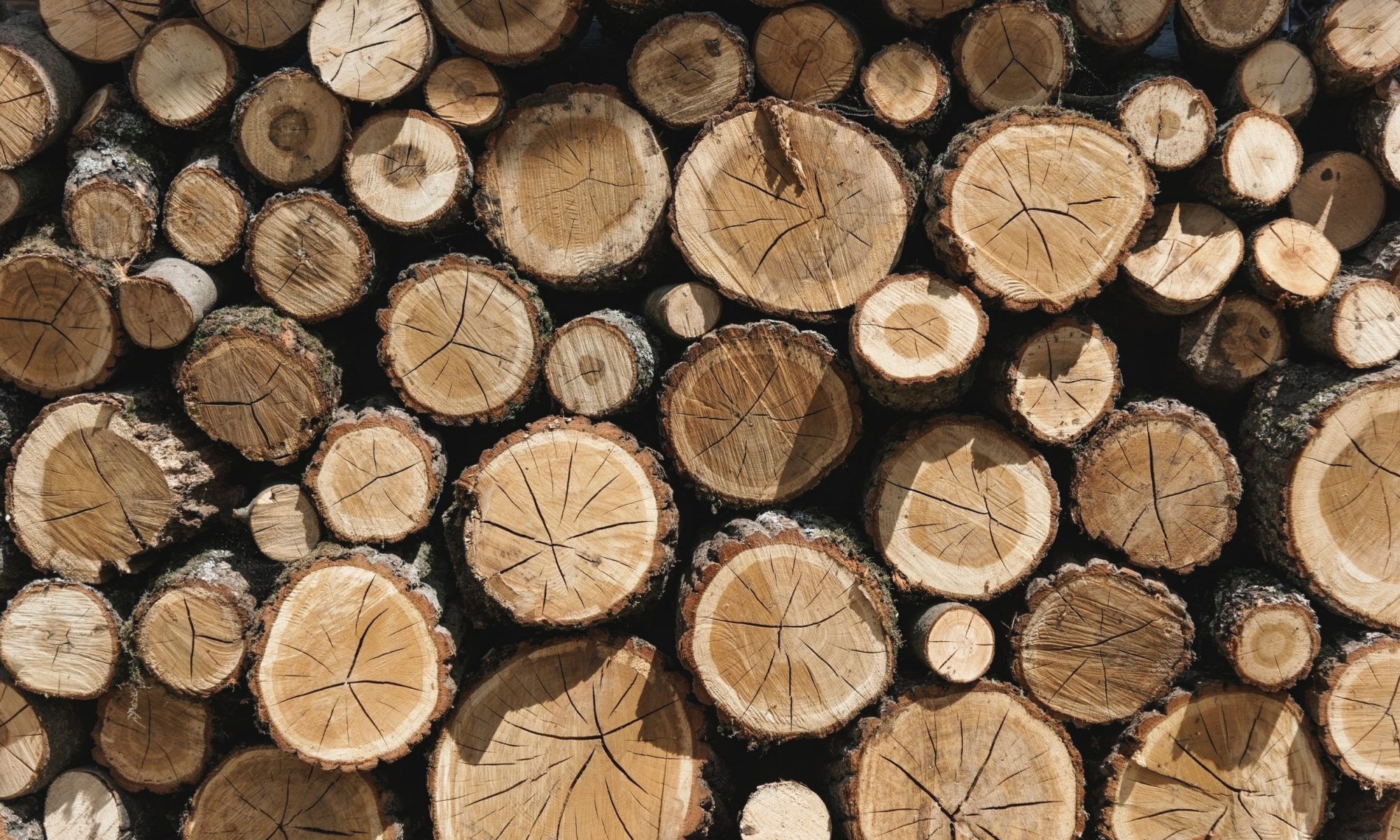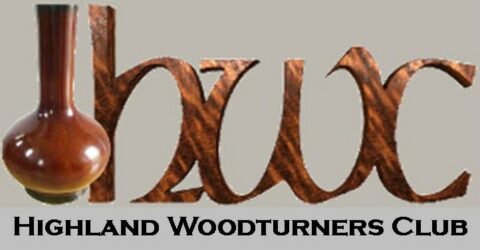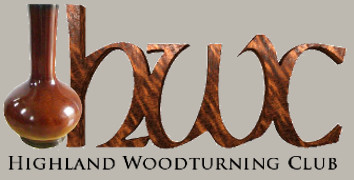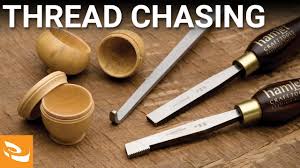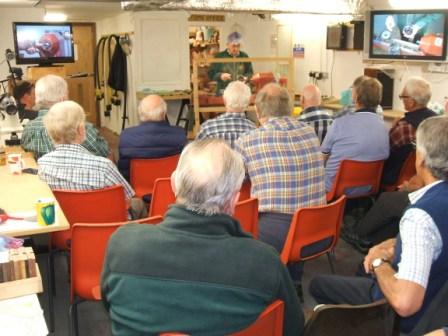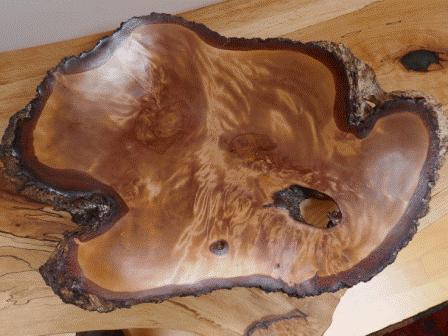We have just learned that Ian Asher from Aldearn has died, Ian was a member of the Highland Woodturners for many years, joining the club shortly after it moved to Munlochy. Ian was a very regular attendee during the whole of his membership and often brought in items for the rest of the members to see, as I recall they were always a bit on the big side, he did like to work with large pieces of wood. Due to the lateness of knowing of his passing we have only found out that his funeral is on Thursday 22nd at 11 o’clock at the crematorium. Ian will be missed by all of our members and our thoughts and condolences go out to his family at this difficult time.
Competition reminder.
Just a short reminder that the competition on Spindle turning is this Thursday 22nd August 2019. The criteria for the competition along with a few ideas was posted on line at an earlier date and can still be seen here on line, just roll the page up to find it. In addition to the competition there will be 4 turners working the lathes whilst the competition judging is going on, the judges for this competition are Colin MacRae and Jim Kelman, Colin is also the organizer for this meeting. Remember there is a prize of £25 to the winners of all 3 categories, so good luck to all of you entering the competition and lets see lots of entries.
Report on our meeting on the 8th August 2019, working with threads.
Our meeting on the 8th of August 2019 was mostly to do with threads in woodturning, James Wares was using hand held thread chasing tools and I was using a traditional tap and thread box system. Both have their own merits, the hand held thread chaser tools are first class for making fine threads on things like small trinket boxes, where as the tap and box system is very good for producing threads on things like standard lamp connections or the bases for table lamps. In addition to the threading going on a 3rd turner, Errol Levings was taken in to work another of the lathes, Errol was to make some Harry potter wands. A summary of the meeting follows in the gallery below. This meeting was organized by Colin MacRae.
If you want to see a larger picture and some text just click on any picture. All the picture for this post were taken courtesy of Mike Day.
August Committee Minutes Available
The most recent minutes are available to members (once logged in) for August’s committee minutes.
Also a reminder – If members are interested in going to the North Highland Woodturners event on Saturday 7th September please contact Alec via his email so he can gauge numbers. If enough people are interested we will rent a minibus.
Next meeting, working with threads, Thursday 8th August 2019.
Our next meeting on the 8th August 2019 is about working with threads in woodturning. There will be 2 turners demonstrating how threads are made in wood, James Wares will be using hand chasing tools and I will be using a threading box and thread tap. Also working a lathe will be Errol Levings. This meeting has been organized by Colin MacRae.
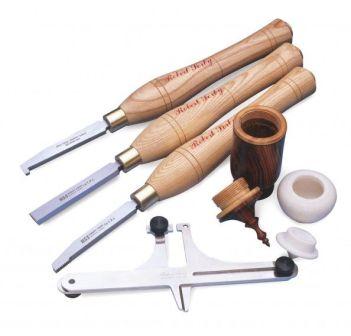
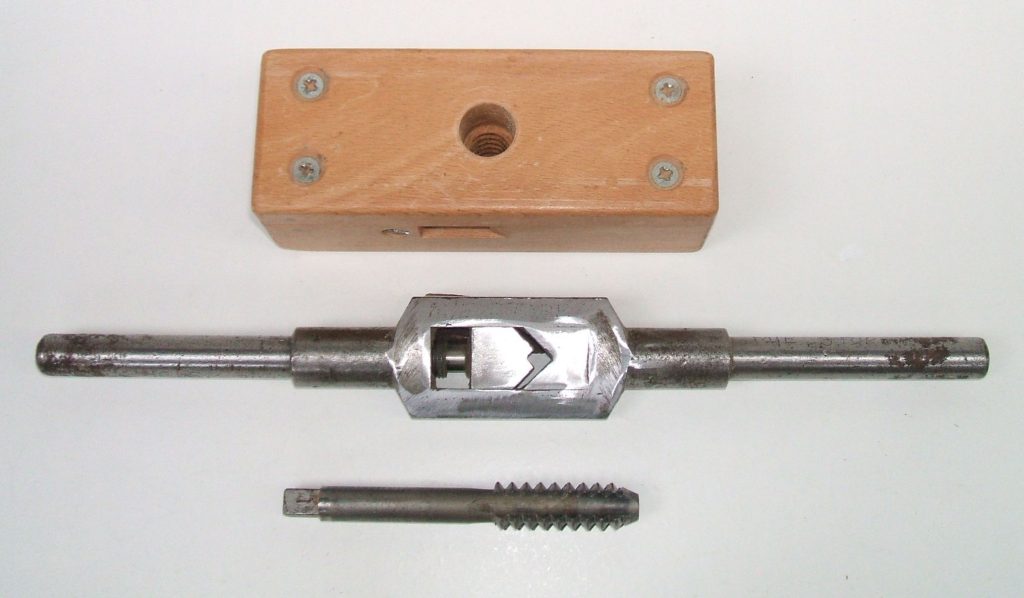
The hand chasing tools are very useful when making larger diameter threads on things like wooden boxes. The threading box and tap system is best used for making joints on things like standard lamps or to fix the bases on table lamps. The meeting will start at 6.45pm as usual but will be preceded by a full committee meeting.
Report on our all day meeting on the 27th July 2019.
Our all day meeting on the 27th July was a great success, it was organized by John Cheadle who arranged for 3 turners to do different demonstrations throughout the day, he also arranged for Celtic woodturning supplies to be present to sell their wares. We had a good response from our own members, but what was also very pleasing a group of 12 woodturners from the North Highlands Woodturners based in Castletown Caithness also attended the meeting, there were also representatives from the Elgin Woodturners. The day went very well and to schedule finishing off with the customary raffle. A summary of all 3 turners work follows in 3 separate galleries.
Alec Mutch.
Gary Lowe.
Mark Sutton.
The all day event was first done in 2018 to good effect, this year however with the addition of Celtic Woodturning Supplies and a very good attendance this year was even better, we will be having an all day event again next year.
Our next competition on 22nd August 2019, spindle turning.
Our next competition on 22nd August 2019 is all about spindle turning. The criteria and guidelines for this competition are as follows. Spindle turning applies to any work that is held between centres at the same time, i.e. headstock and tailstock, we will accept entries that have an element of faceplate work in them, like the base to a table lamp for example as long as the faceplate work is less than 50% of the rest of the item being made.
Criteria and guidelines, spindle turning.
NOVICE.
Any spindle turned item that consists of only one piece of wood.
INTERMEDIATE.
Any spindle turned item that consists of two pieces of wood, it can be made into a single piece by laminating if required or used separately (like salt and peppers).
EXPERIENCED.
Any spindle turned item that consists of at least three pieces of wood, laminating is a possibility or any other construction method, or used as separates (like fruits).
Here are some examples of spindle turning, you will see that there are some elements of faceplate work on some of the items, this is perfectly acceptable. You need not follow any of these examples if you have an idea of your own in your category.
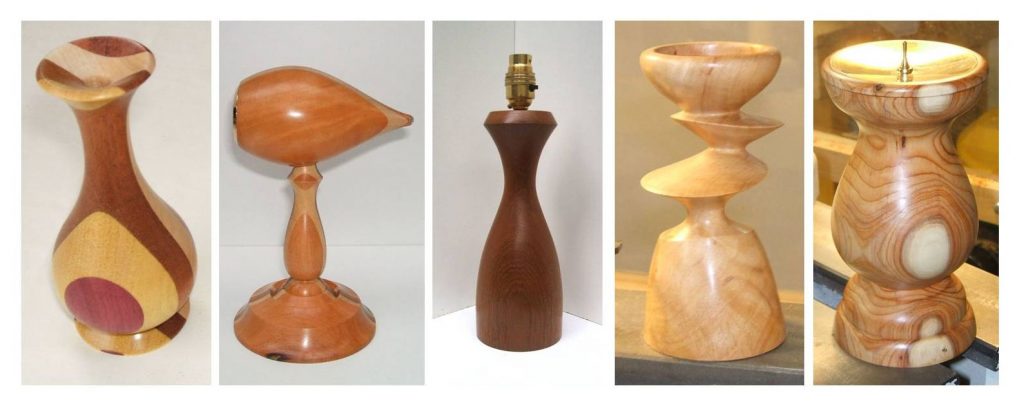
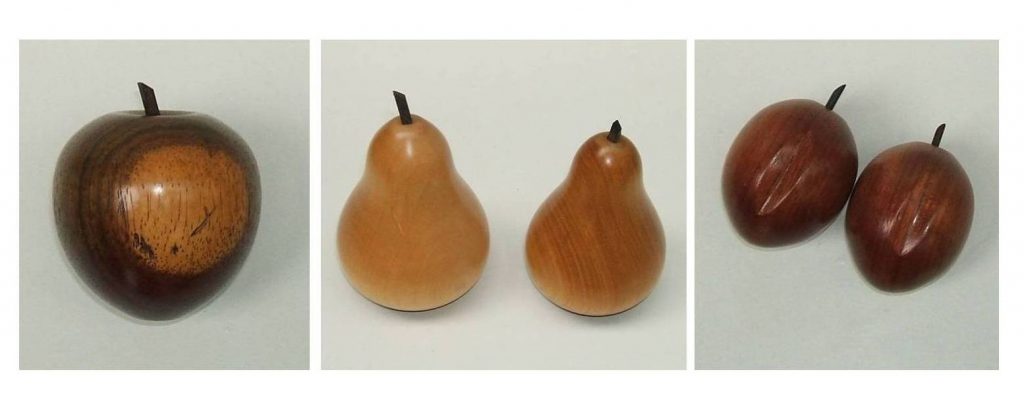
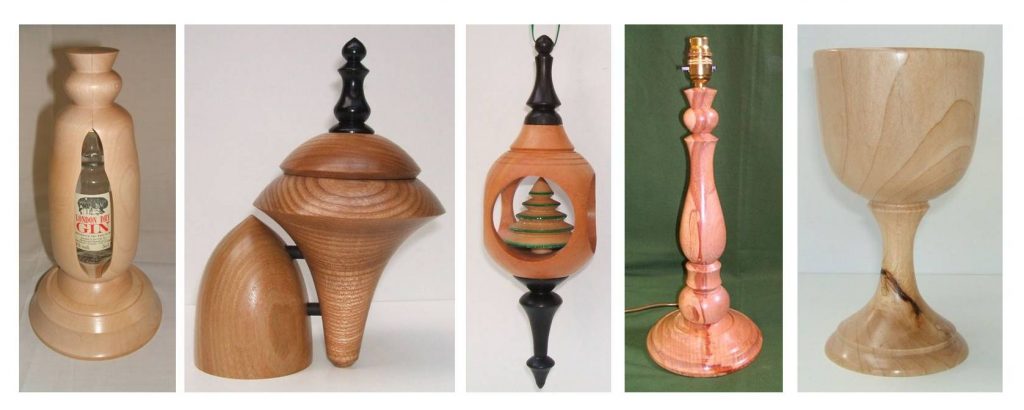
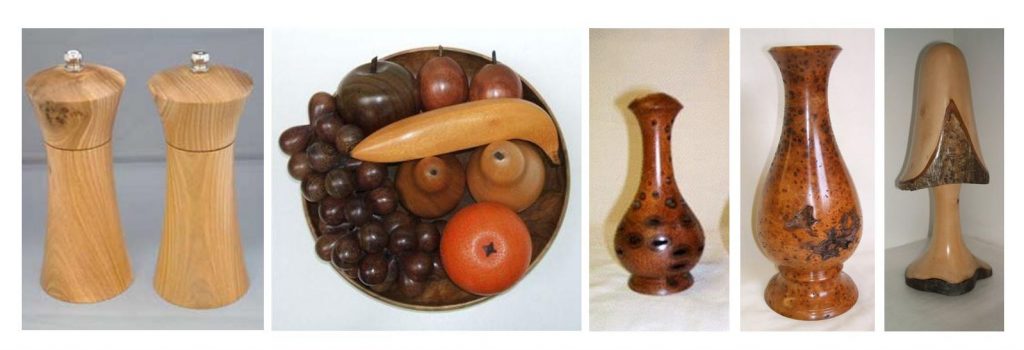
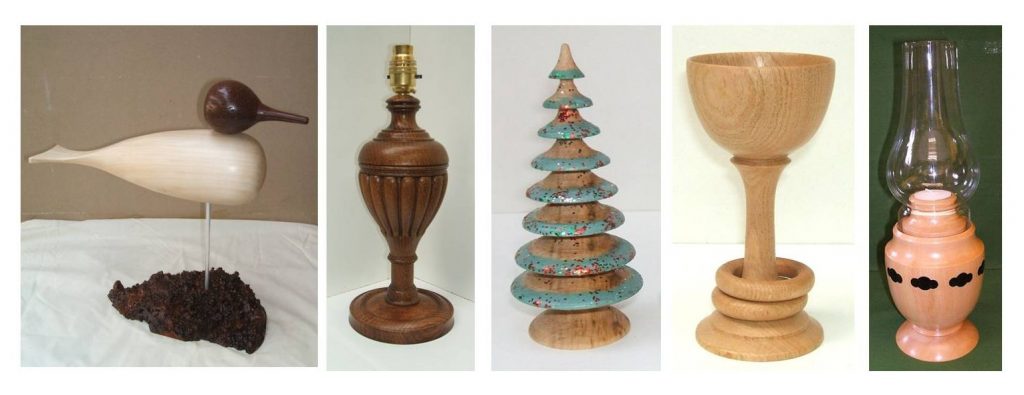
We are looking for lots of entries in all three categories, do remember there are prizes of £25.00 for the winner in each category. Colin MacRae and Jim Kelman will be the judges for this competition. Good luck to all of you.
Whilst the competition judging is going on, Colin has arranged for 4 turners to man the lathes on free turning, these are Bill Munro,David Hobson,Dave Line and David McGruer.
HWC All day annual woodturning event, 27th July 2019.
Saturday 27th July 2019 is our annual all day woodturning event. There will be 3 turners working the lathes, the event has been organized by John Cheadle. There will be some refreshments available and he has also arranged for a woodturning supplies business to be there selling items relevant to the woodturners.
- Date Saturday 27th July 2019.
- Venue HWC premises in Munlochy.
- Timetable.
- 0950 Hours Introduction by John Cheadle.
- 1000 Hours Demonstration by Alec Mutch.
- 1145 Hours Short break for refreshments.
- 1200 Hours Demonstration by Gary Lowe.
- 1345 Hours 2nd Refreshments break.
- 1400 Hours Demonstration by Mark Sutton.
- 1600 Hours closing remarks by John Cheadle.
- Entry
- Members – Free.
- Guests – £5.00.
- Catering
- Free tea and coffee.
- Bring your own pack lunch.
- Raffle as usual.
- Sale of wood and equipment .
The demonstrations will be a natural edge bowl made by Alec Mutch, a textured dish made by Gary Lowe and a Diptych or Triptych made by Mark Sutton, for those unfamiliar with what a Diptych or Triptych is, they are a set of 2 or 3 associated artistic works.
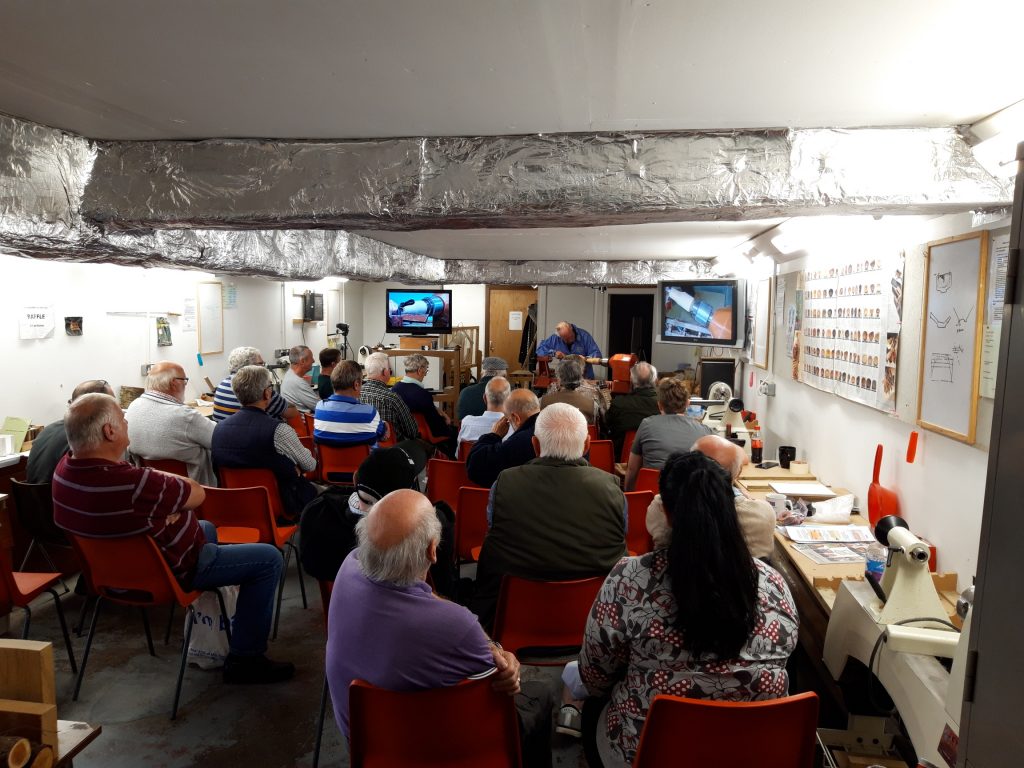
We are looking forward to seeing you all here , a good turnout is expected.
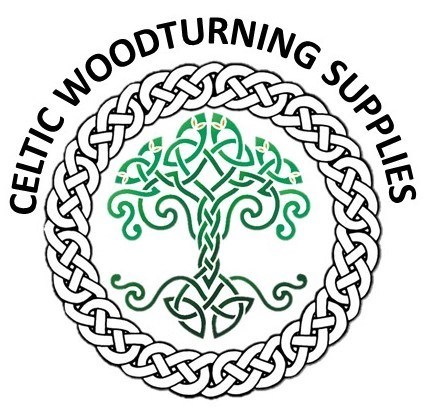
Report on our club meeting 11th July 2019, a talk by George Burgess on sourcing wood.
Our club meeting on the 11th July 2019 was organized by John Cheadle, he arranged for the club to have George Burgess come and do a talk on how and where to source wood for turning. George had been a chairman of this club in it’s early days but said he had not been to the club for the past 5 years, although a lot of those present then were no longer members, the present members were more than happy to see him return to the club if only to do the talk. George started his talk by saying that the easiest way to get blanks was to buy them from a specialist wood supplier catering for the woodturner, the down side of this was that the blanks can be quite pricey. He then offered alternatives on how and where to get suitable wood. He suggested going to your local joiners shop and offering to buy offcuts, whilst these would be dry and useful the choice might be quite limited, another approach could be your local sawmill, here the problem might be how dry they were, your own firewood pile might reveal something, get in touch with any local tree surgeons, again there could be a problem with how dry the wood is. Old fallen trees, go and ask if you can remove some of it. Finally, green timber, easier to work and usually free but time would be required to dry it or working it wet.
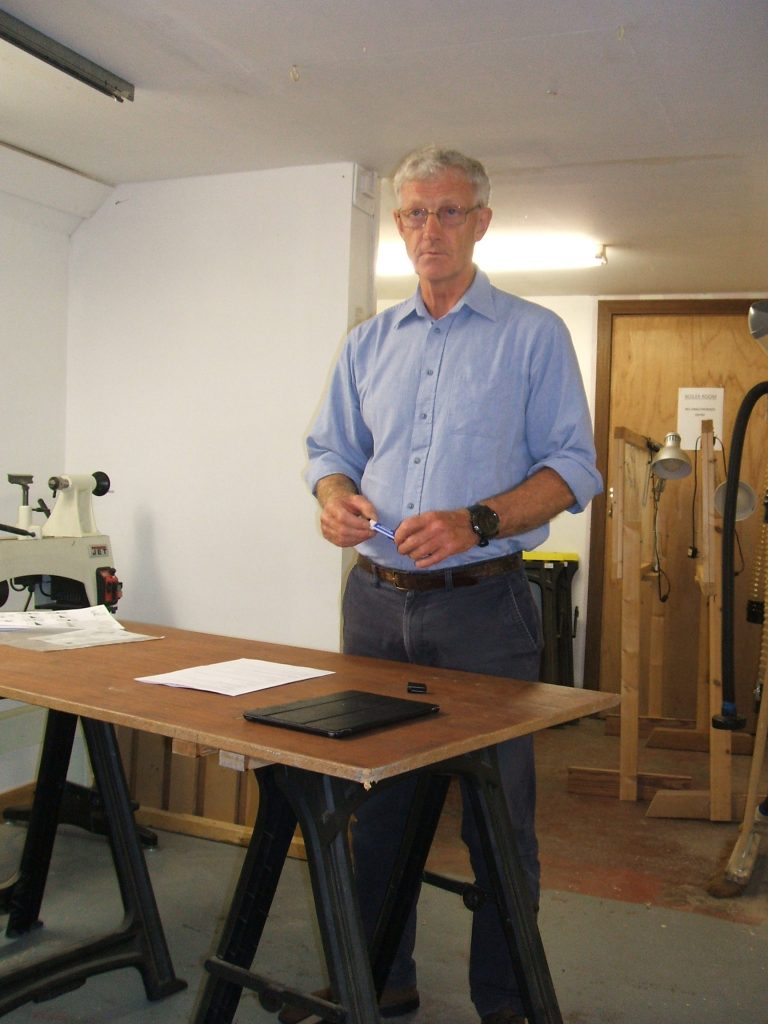
The next part of George’s talk was all about cutting and drying the timber. he discussed the various methods of cutting like through and through and quarter sawn plus natural edged. He showed some pictures of an Alaska Mill that he had used for milling boards, this is a chain saw mill and went on to discuss the use of the mill including all the safety aspects. He then showed a log of wood that had a few shakes on either end and went on to discuss what was happening with this log.
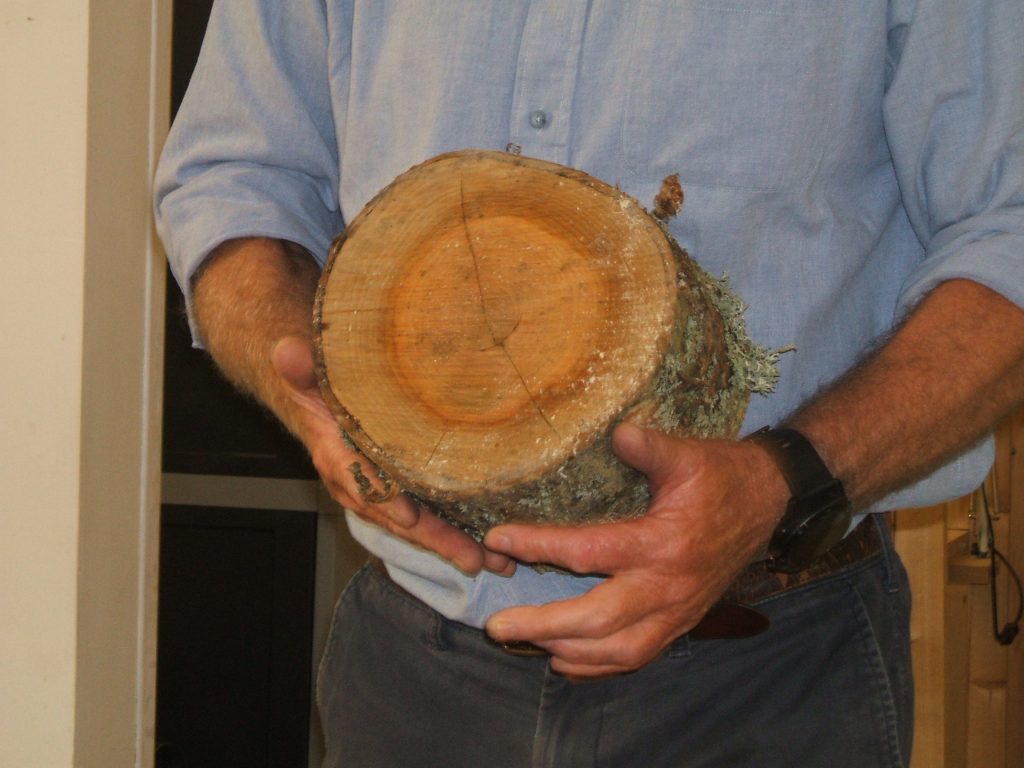
His next subject was drying the timber, how to store it, where to position it when drying, how long it would take and to allow a good air flow round the wood. He also discussed the possibility of spalting your own wood and how that comes about. He mentioned the importance of looking for the pith (the centre of the growing rings, and not the centre of the log) that this should be cut through in all occasions. His final talk was all about the difference encountered in different woods like fruit woods being difficult to dry without any degrade and how to choose the best bits from a plank or log, he had several diagrams that he used to show exactly where a bowl would have come from a tree. George ended by asking for any questions from the members, several questions were asked and answered.
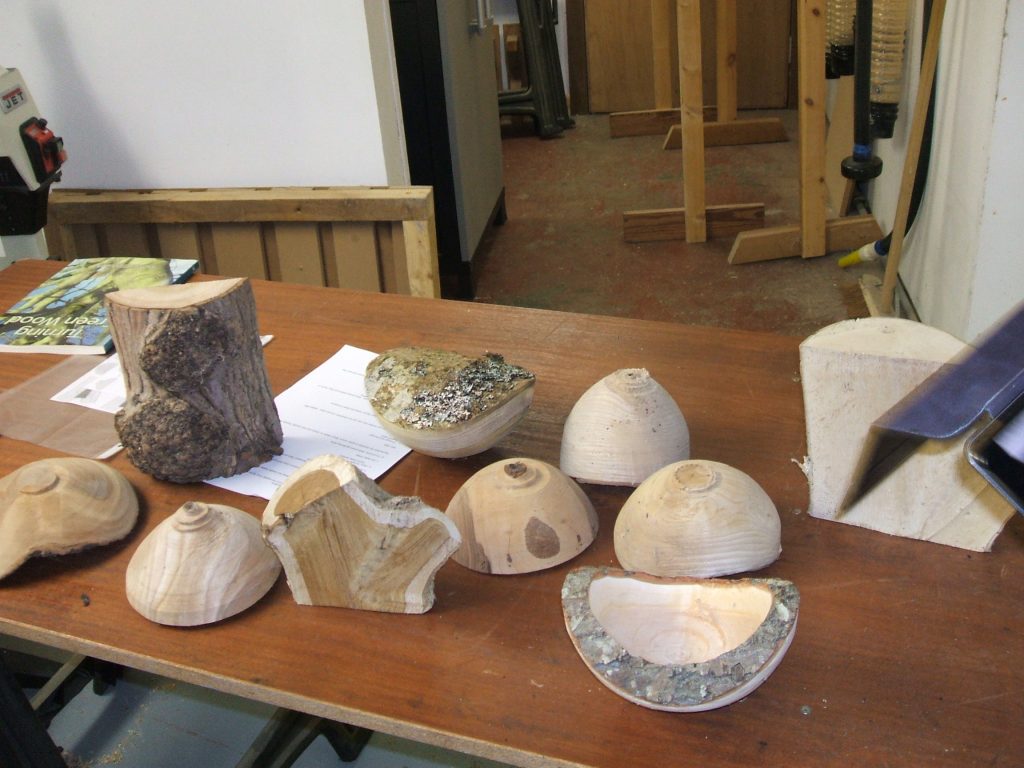
The talk ended with the Vice Chairman John Cheadle thanking George for his excellent talk. It was appreciated by all of our members with some individual discussions taking place with George for some considerable time after the talk was over.
Celtic Woodturning Price list
Graeme from Celtic Woodturning will be at our all day event on the Saturday 27th July (remember NO meeting on the Thursday 25th!).
He has furnished us with a price list for items you can pre-order and pick up on the day saving you carriage costs. Please contact Alec with an email of what you want from Graeme. The deadline for orders to Alec is Wednesday 24th. Any order received after this may not be available for collection on the Saturday.
Click here for the Celtic Woodturning Price list (opens new window)
Then once you’ve decided what you want, click here to email Alec with your order.
